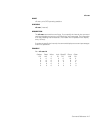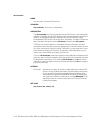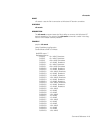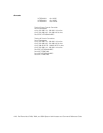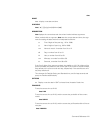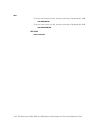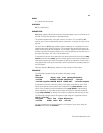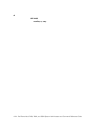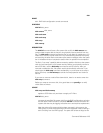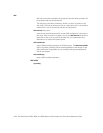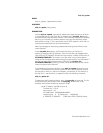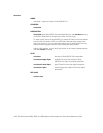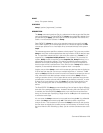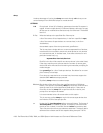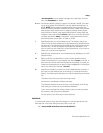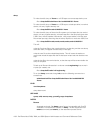
Command Reference A-25
NAME
disk - RAID disk configuration control commands
SYNOPSIS
disk fail
disk
_
name
disk remove
disk
_
name
disk scrub start
disk scrub stop
disk swap
disk unswap
DESCRIPTION
The disk fail command forces a file system disk to fail; the disk remove com-
mand unloads a spare disk so that you can physically remove the disk from the
filer. The disk scrub command causes the filer to scan disks for media errors. If a
media error is found, the filer tries to fix it by reconstructing the data from parity
and rewriting the data. Both commands report status messages when the opera-
tion is initiated and return completion status when an operation has completed.
The filers hot swap capability allows removal or addition of disks to the system
with minimal interruption to file system activity. Before you physically remove or
add a SCSI disk, use the disk swap command to stall I/O activity. After you
removed or added the disk, file system activity automatically continues. If you
should type the disk swap command accidentally, or you choose not to swap a
disk at this time, use disk unswap to cancel the swap operation and continue
service.
If you want to remove or add a fibre channel disk, there is no need to enter the
disk swap command.
Before you swap or remove a disk, its a good idea to run syconfig -r to verify
which disks are where.
USAGE
disk swap and disk unswap
applies to SCSI disks only and does not apply to PV filers.
disk fail
disk
_
name
removes the specified file system disk from the RAID configuration, spinning
the disk down when removal is complete. disk fail is used to remove a file
system disk that may be logging excessive errors and requires replacement.
Note that when a file system disk has been removed in this manner, the
RAID group to which the disk belongs will enter degraded mode (meaning a
disk is missing from the RAID group). If a spare disk at least as large as the
disk



